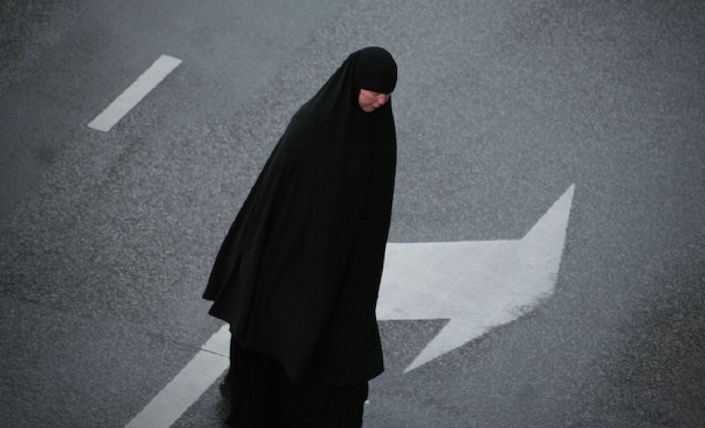
Since 1989, when several Muslim schoolgirls were expelled from schools for wearing headscarves, France has grappled with a problem they call ‘l’affaire du foulard’ – what we can call the ‘headscarf affair’.
In 2006 a law was passed banning the wearing of ‘conspicuous’ religious symbols in schools. This, it was said, was meant to apply to any and all religions, but for many there was little doubt that it was concerned primarily with Islamic religious dress.
Since then France has enacted further legislation, this time explicitly focused on Muslims, with a ban on the wearing of burkas (full-face veils), not just in schools but in all public places.
Other European states have passed similar legislation. Belgium enacted its own burka ban in 2011. And, in 2009, a referendum in Switzerland supported the proposition that ‘the banning of minarets in forbidden’.
What the burka bans and the minaret ban have in common is that they all concern public space, and they seek to regulate what one religious group is permitted to do in that space. This is what makes them distinctive from other sorts of laws which regulate people’s religious behaviour.
Given this, it’s worth thinking a bit about public space. It’s that part of our built environment that we can’t avoid. We don’t have to enter churches, mosques or synagogues if we don’t want to. We can choose which shops to frequent and whose houses to visit.
But public space is unavoidable: we have to move through streets and squares, plazas and parks, when going about our ordinary, everyday lives. So the question is this: should public space be regulated, and if so then how? Or should people be free to act and dress as they wish in public?
Focusing on the Swiss minaret ban, there were a number of arguments on both sides of the debate. Against the ban, its opponents claimed that it was motivated by Islamophobia. They also claimed that it violated Swiss Muslims’ right to religion. And some of them argued that the ban treated them as less than equal citizens.
On the other side of the argument, some of the sentiments expressed were certainly Islamophobic. But saying this doesn’t necessarily mean that there were no good arguments for the ban. Other arguments focused on the democratic process: it was said that a democratic majority should be allowed to enact such a ban. And yet another argued that it was legitimate for a dominant national (and religious) group to want to shape public space in its own image.
So which side of the argument was right? Is it wrong to prevent some religious groups from putting up buildings which they say are necessary for their religious practice? Or should a religious majority (Christian in this case) be allowed to shape public space just as it wishes? Can these two rival demands be reconciled?
Further Reading on E-International Relations
- Hunger Strikes, Iran and Universal Human Rights
- From (Communally-Based) Religion to Secularism in Indian Politics
- Secularism: A Religion of the 21st Century
- Unmasking ‘Religious’ Conflicts and Religious Radicalisation in the Middle East
- The Final Frontier for the Faithful: Islamic Rulings on Space
- Opinion – Navigating Epistemic Injustices Between Secularism and Religion